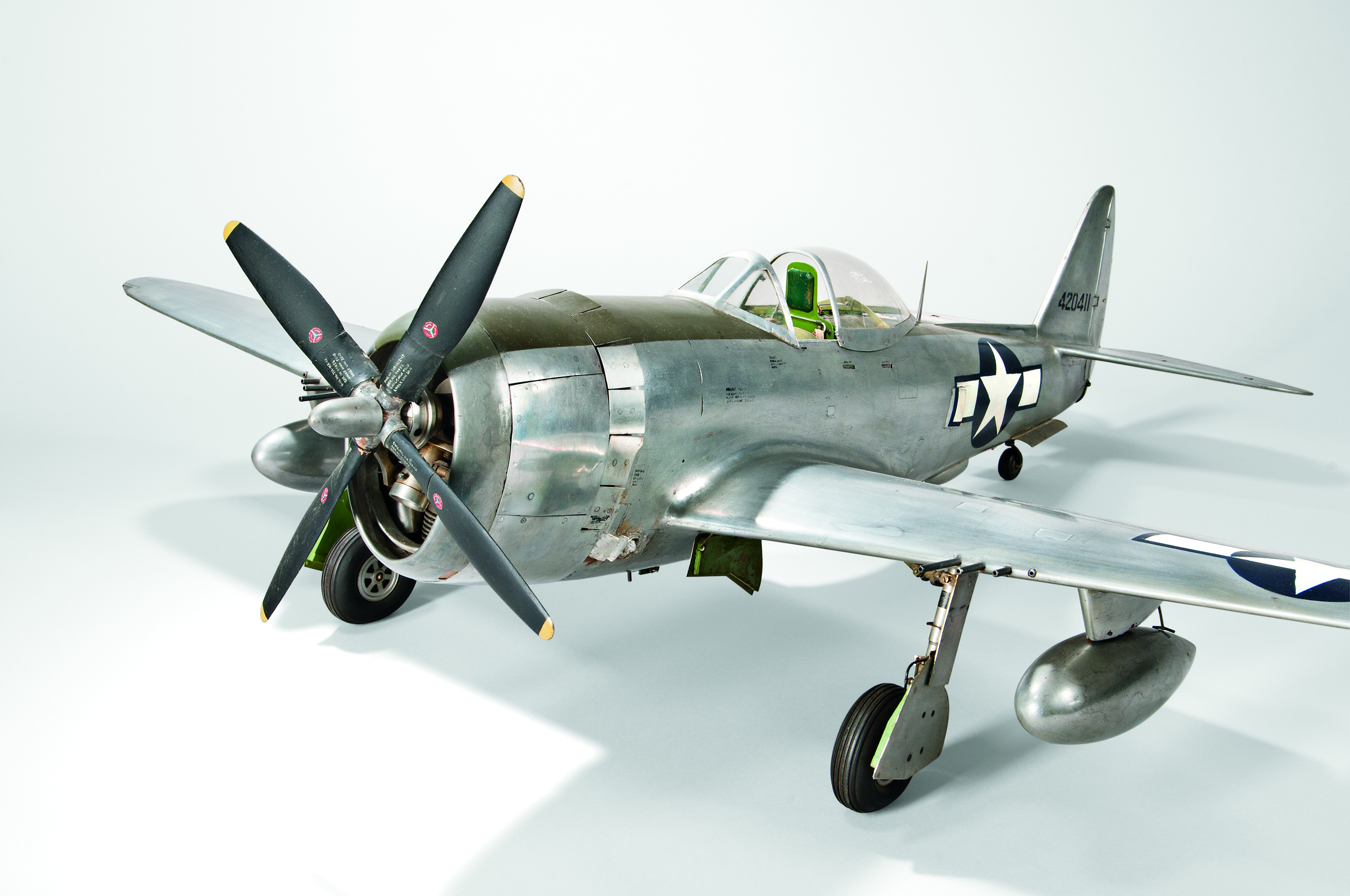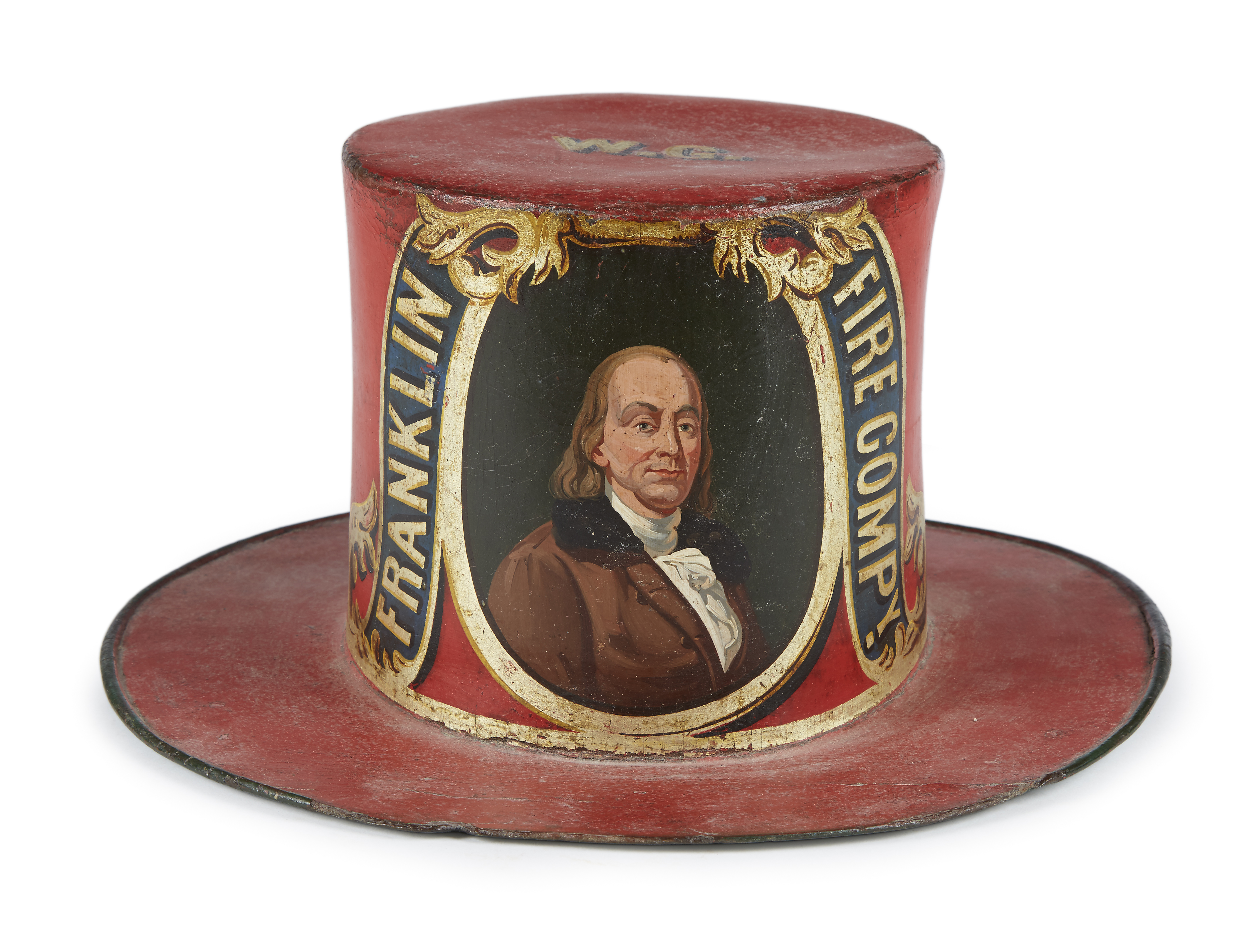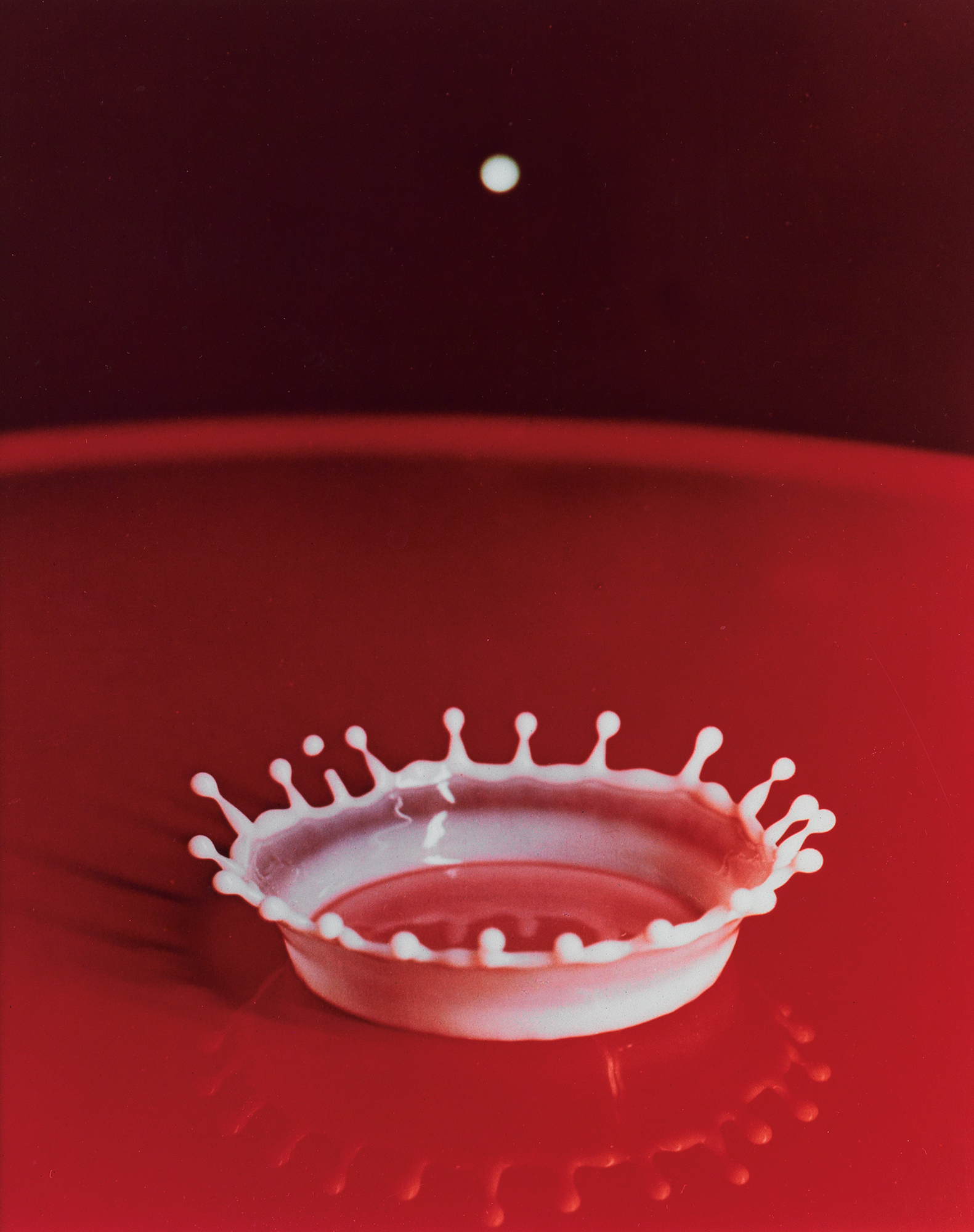A Sculpture by Ab the Flag Man Fetches $1,200

Update: The sculpture by Ab the Flag Man sold for $1,200.
What you see: An undated piece by American folk artist Ab the Flag Man. It is described as a “Medium Size American Flag.” Slotin Folk Art Auction estimates it at $600 to $900, plus $75 for shipping.
Who is Ab the Flag Man? “He has a real name, but no one ever calls him by it,” says Steve Slotin, of Slotin Folk Art Auction, an auctioneer in Buford, Ga., that specializes in self-taught, outsider, and folk art. Ab the Flag Man was born with the name Roger Lee Ivens in Tennessee in 1964. He picked up the nickname “Abstract” during his school days, after asking his teacher about abstract art. It got shortened to “Ab” by co-workers on construction sites. He traces his interest in flags to the age of seven, when he witnessed the military funeral of his father. The sight of his casket covered with a flag never left him.
How long has Ab the Flag Man been an artist? He quit carpentry in 1995 to make art full-time, but it’s unclear precisely when he began–it could have been the late 1980s or early 1990s. He was discovered in a parking lot in Atlanta’s Virginia-Highland neighborhood, where he had set up alongside another folk artist to sell his works. “Specific dates in folk art are hard to come by. It’s not like he came out of art school and we tracked his progress,” says Slotin. “With Ab, people liked his stuff, and it was immediately popular.”
How prolific is he? “We’ve been doing auctions for 25 years, and since we began, we’ve had a few in each auction,” says Slotin. “There’s got to be a thousand pieces out there.”
Does Ab the Flag Man work alone, or does he have assistants? “That’s the thing with folk artists. There’s no team behind them, and no staff that prepares [materials],” Slotin says. “Typically, it’s all them.”
Wait, are there chair legs in there? “You see furniture legs in a lot of his stuff,” Slotin says. “Furniture legs, blocks, parts of house moldings, discards, it varies. It’s all scraps.”
What are the dimensions of this sculpture by Ab the Flag Man? It’s 35 inches long, 21 inches high, and four inches deep. “It really pops out at you,” Slotin says. “It has a lot of movement to it, like it’s waving at you. Most of his pieces have movement, like they’re waving in the wind.”

What else makes this sculpture by Ab the Flag Man special? “The great thing about almost all of our artists is they’re untrained and unschooled. They don’t have art school or European influences,” Slotin says. “A kid out of art school, who’s trained on what is and isn’t art, makes art that’s pretty homogenized. With Ab, his background is in construction, and his dad passed away–you see his experience in his work. And no one saw it [Ab’s style of flag-themed art] till he started doing it. That’s what I like. What he’s doing is original.”
How to bid: The sculpture by Ab the Flag Man is Lot 322 in Slotin Folk Art Auction’s Spring Masterpiece sale, taking place April 29 and 30, 2017 in Buford.
How to subscribe to The Hot Bid: Click the trio of dots at the upper right of this page.
Image is courtesy of Slotin Folk Art Auction.
Would you like to hire Sheila Gibson Stoodley for writing or editing work? Click the word “Menu” at the upper right for contact details.





